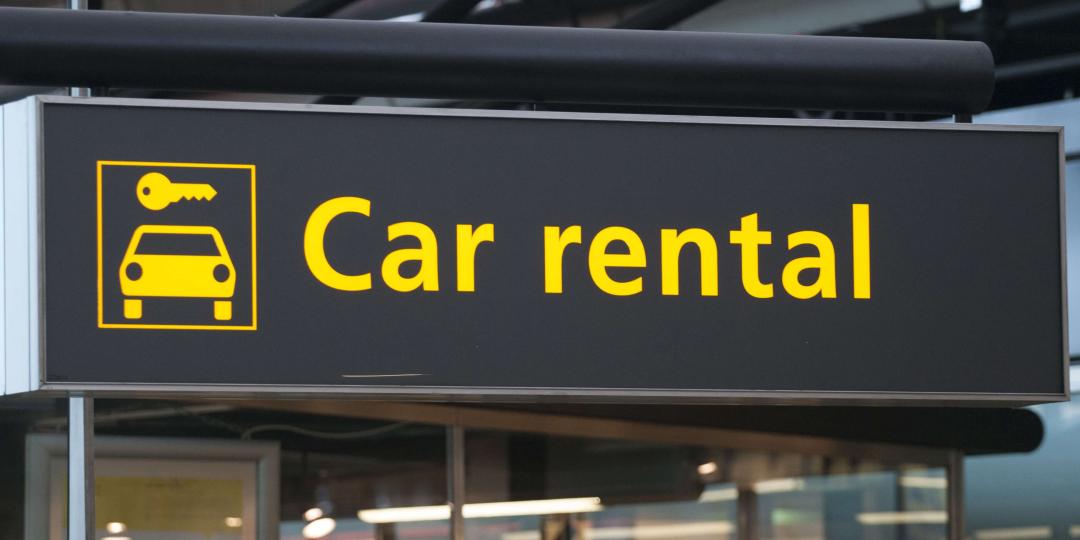The post-pandemic recovery pattern of the car-rental industry in Europe is seeing plummeting rates. But in South Africa the opposite should be expected.
Europe and US slash prices
Insights from UK-based Consumer Association Which? derived from thousands of airport car-rental bookings in 13 locations, 12 in Europe and one in the US, showed that average weekly car-rental rates for the upcoming Easter season have plunged.
Which? looks at typical British holiday destination – in Corfu, rates decreased by 47% (compared with last year). The weekly rental rate in Madeira fell by 35%, while in the Canary Islands it dropped by 33%. The only locations surveyed to see an increase this year were Rhodes and Nice.
High prices after COVID are attributed to the industry’s recovery after the pandemic, when vehicle supply shortages and high demand caused rental rates to skyrocket. While the current price drop indicates more normality in the recovery, it’s important to note that the average car-rental rate in Europe is still up to 53% higher than pre-pandemic 2019 rates.
The shape of South Africa’s car-rental market recovery has been different, with rates rising rather than falling.
“We experienced the opposite effect on prices, which dropped during COVID, so we are playing a catch-up game,” Senzo Madikane, Marketing Manager of First Car Rental, told Tourism Update.
Sandile Ntseoane, GM of the Southern African Vehicle Rental and Leasing Association (Savrala), confirmed that South Africa had indeed seen a significant rate increase.
“The industry had to increase rates above inflation purely to survive,” he said. “For the last 10 years our rate increases year on year were behind inflation, so this was a much-needed correction.”
According to data from Savrala, car-rental revenue per day for inbound tourism increased from around R325 (€17) in January 2021 to around R575 (€27.9) in January 2024. At
R4 025 (€195.3) per week, it is still only two-thirds of the average weekly price of the European market’s rates.
“Europe saw a high rate increase during and just after COVID, and has now seen a ‘correction’. South Africa’s increases were nowhere near theirs, so we have not seen the same correction. As a matter of fact, we have seen an inflationary increase in most segments year-on-year, but our rates are way behind European rates,” Ntseoane added.
A study released on March 1 from market research website www.researchandmarkets.com revealed a similar trend.
“The significant increase in international inbounds and local tourist travel in 2023 provide growth opportunities,” the researchers said, adding that the industry would return to pre-pandemic levels this year – and Madikane agrees.
“We are well on our way to recovery. In fact, we are hoping to do better than pre-COVID levels,” he concluded.
























